- Spain
- Things to do in Seville
- Flamenco Dance Museum
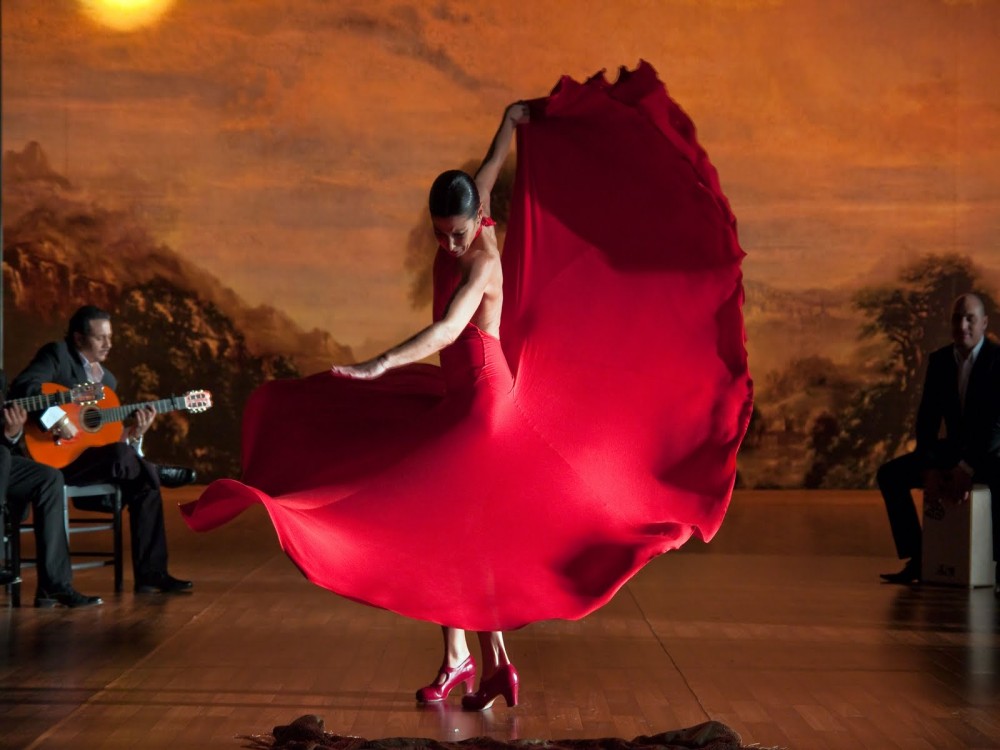
Flamenco Dance Museum
The Flamenco Dance Museum (Museo del Baile Flamenco) in Seville is a celebration of one of Spain’s most iconic cultural traditions—flamenco. Founded by the renowned flamenco dancer Cristina Hoyos, this museum offers an immersive experience into the world of flamenco dance and music. Located in a beautifully restored 18th-century building in the heart of Seville's historic center, the museum showcases the history, evolution, and passion behind this UNESCO-recognized art form. Through interactive exhibits, photographs, costumes, and videos, visitors can learn about the intricate movements and emotional power of flamenco. Live performances are also held regularly, providing an unforgettable opportunity to witness flamenco in action.
Flamenco Dance Museum Tours & Excursions
The Basics
The Flamenco Dance Museum is dedicated to both the history and the practice of flamenco, with a focus on the art of dance. The museum’s collections include a range of artifacts such as traditional costumes, musical instruments, and photographs of legendary flamenco artists. Interactive displays and multimedia presentations allow visitors to understand the technical aspects of the dance, the different styles of flamenco (such as soleá, bulería, and seguiriyas), and the passionate performances that have captivated audiences for centuries. The museum offers various exhibitions throughout the year, as well as flamenco workshops and dance performances that provide an authentic, engaging experience for visitors.
Things to Know Before You Go
Before visiting the Flamenco Dance Museum, be sure to check the museum's schedule for any live flamenco performances, as these are one of the highlights of the visit. The museum offers guided tours, but if you prefer to explore on your own, it’s easy to navigate with the help of informative signs in multiple languages. The museum is relatively small, so it’s ideal for a visit of about 1-1.5 hours. If you’re interested in learning more about flamenco, consider attending a workshop or taking a class, as the museum often offers opportunities to engage with the art form on a deeper level. The museum can get busy, particularly during peak tourist seasons, so visiting in the early afternoon or later in the day is a good idea for a quieter experience.
How to Get There
The Flamenco Dance Museum is located in the heart of Seville, near other major attractions such as the Seville Cathedral and the Royal Alcázar. The closest metro stop is Puerta de Jerez, and several bus lines have stops nearby, making it easily accessible by public transport. If you’re staying in Seville’s historic center, the museum is within walking distance of many hotels and attractions. Taxis and ride-sharing services like Uber can also drop you off directly at the museum. The museum’s central location makes it a convenient stop as part of a broader exploration of Seville’s cultural heritage.
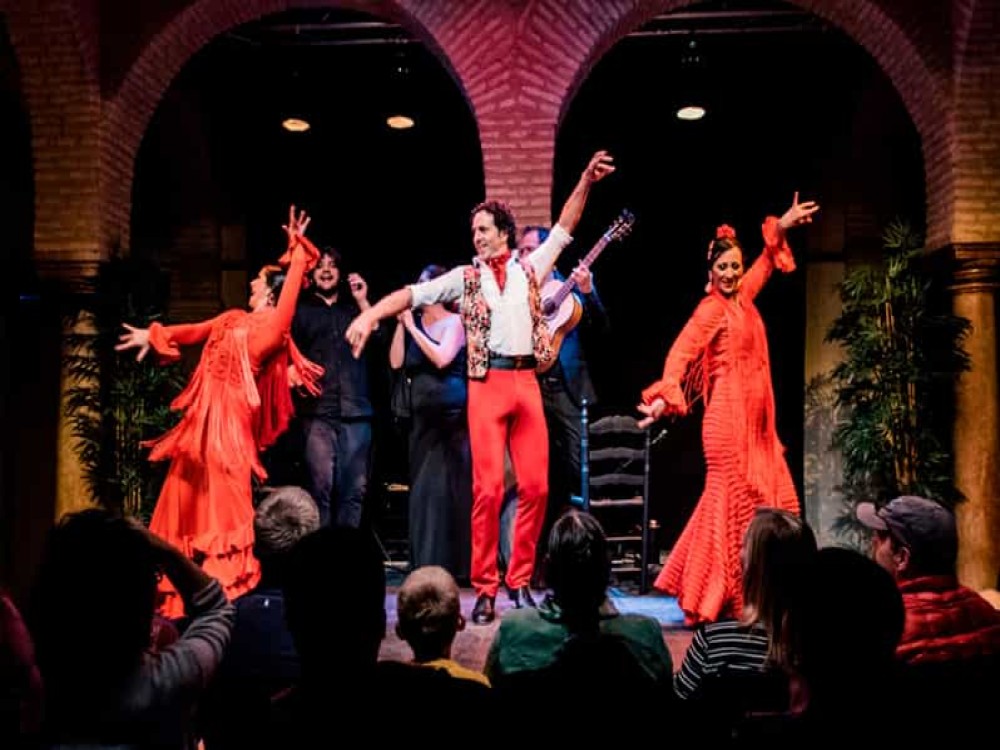
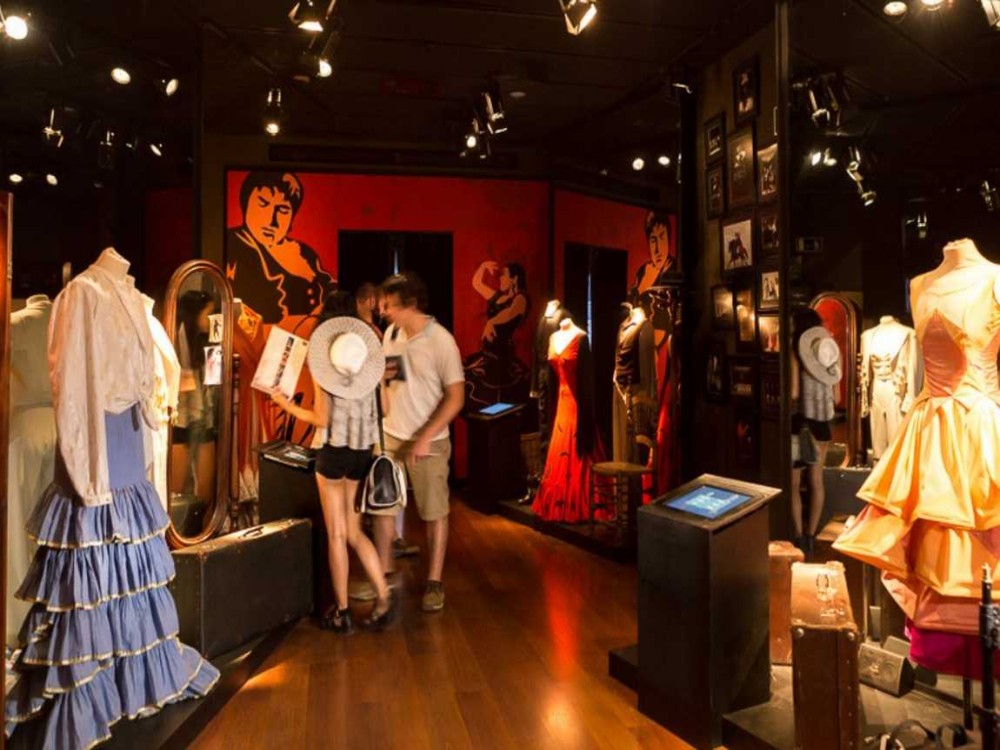
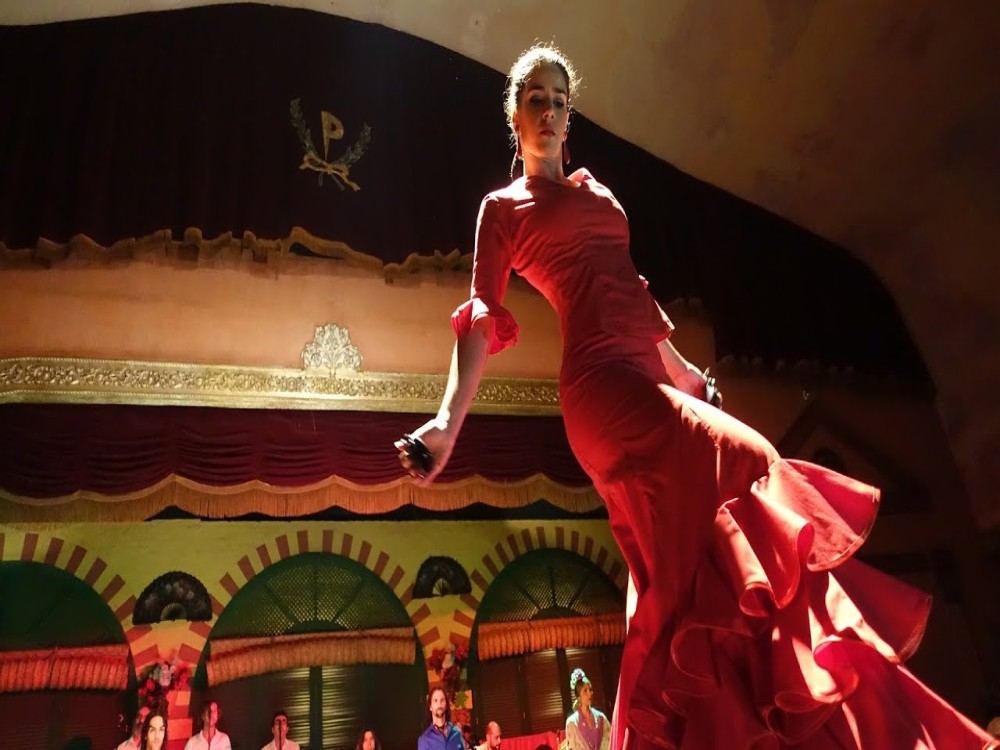
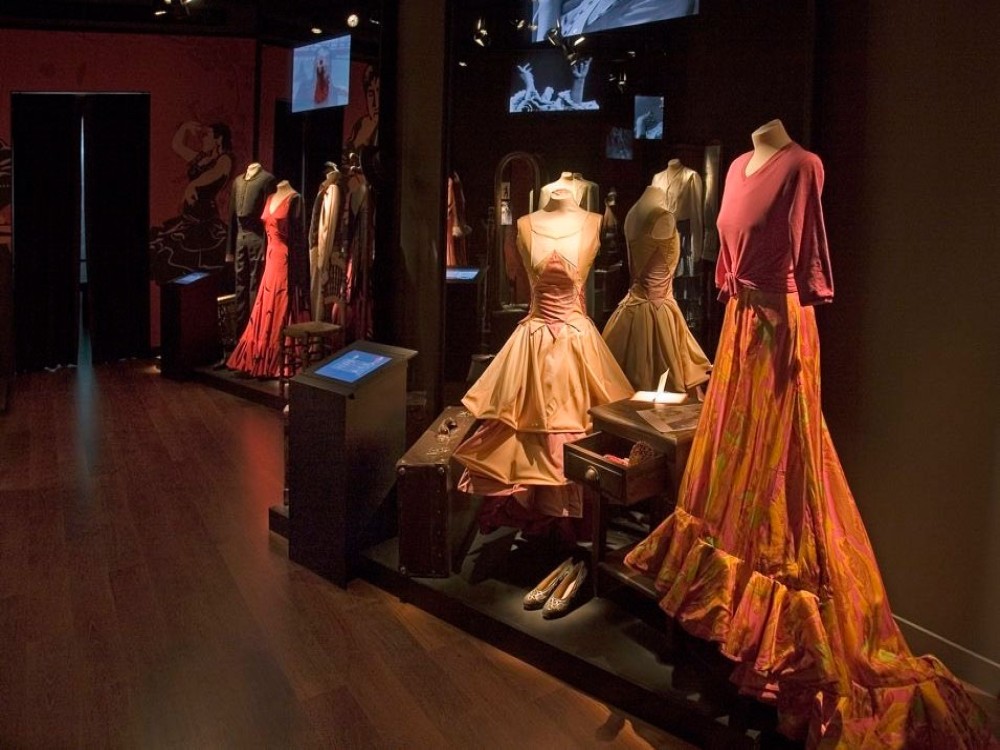
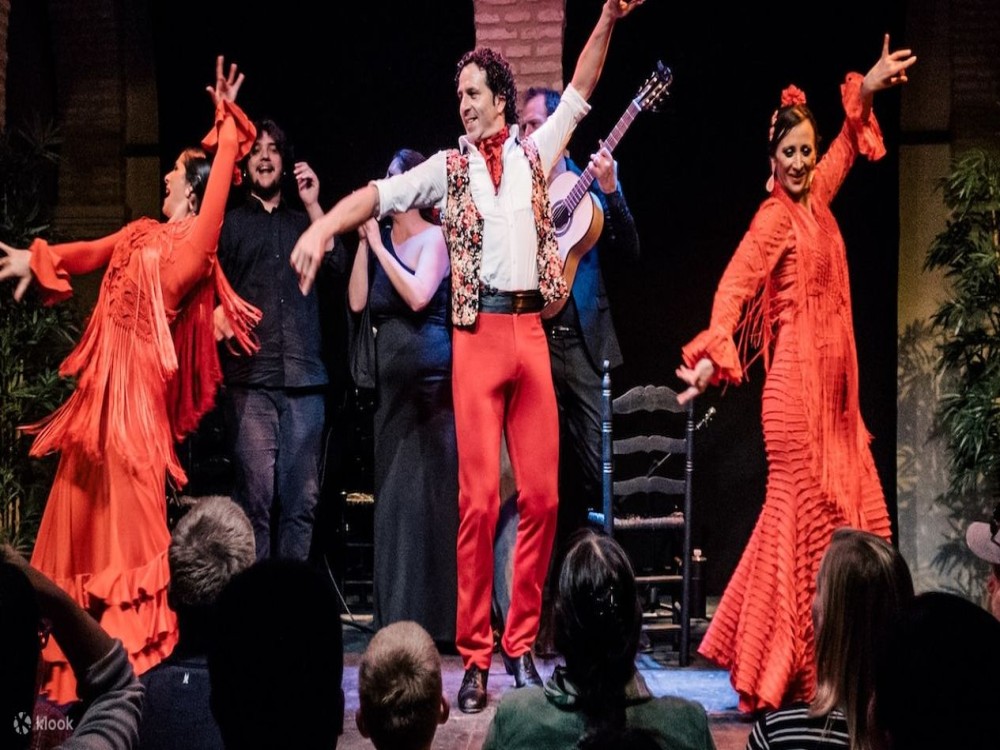
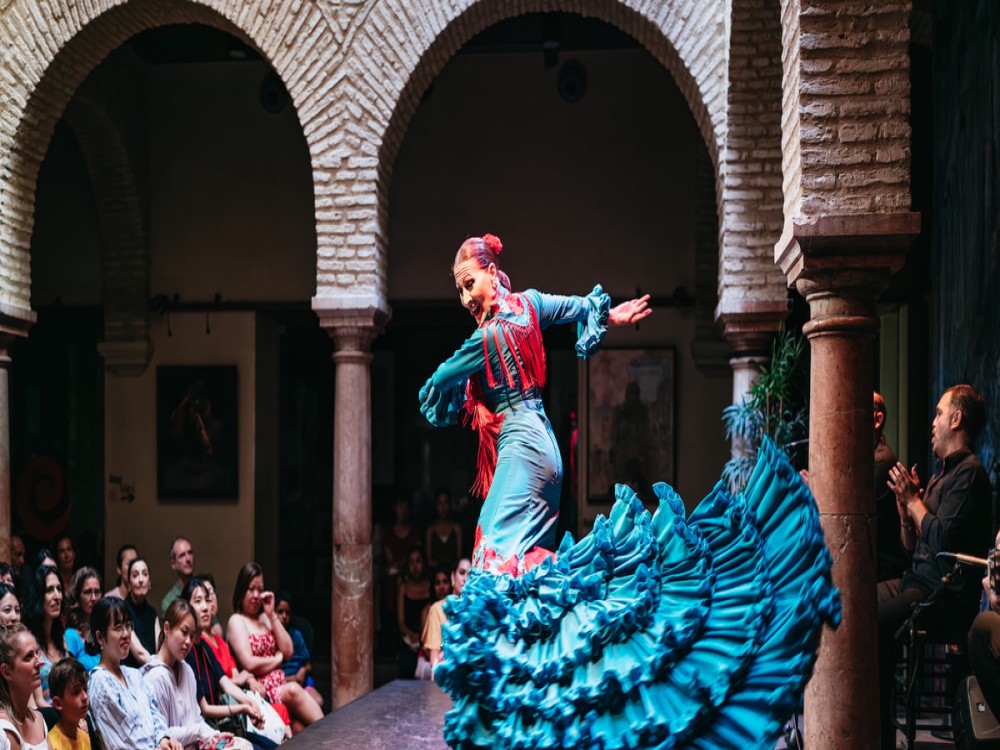
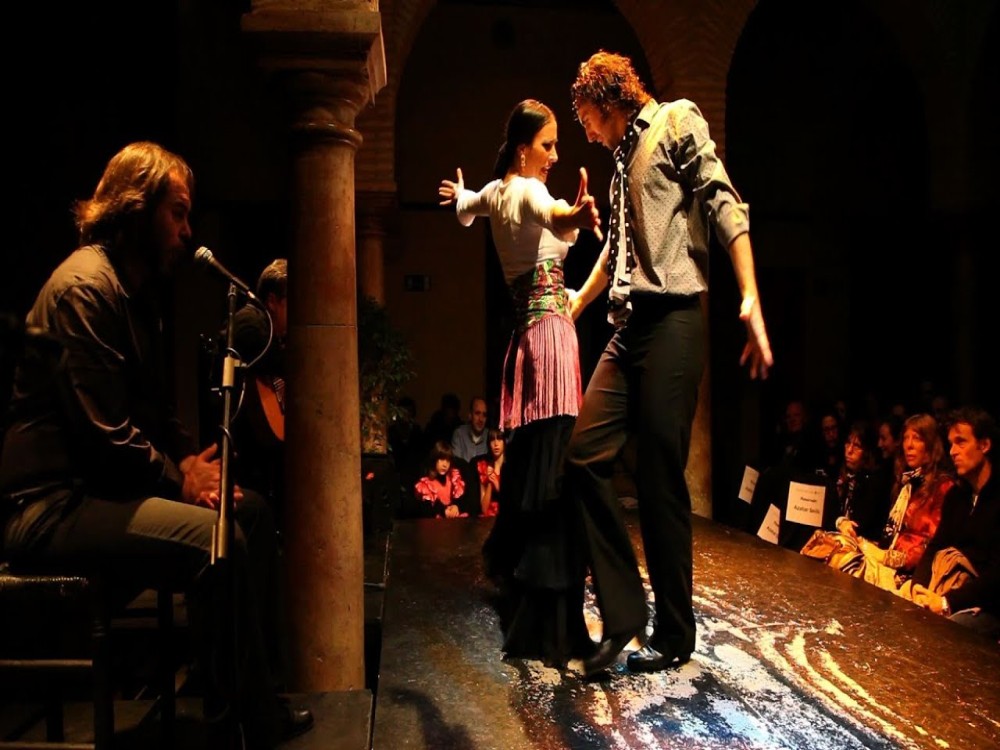

When to Get There
The best time to visit the Flamenco Dance Museum is in the morning or early afternoon when the museum is less crowded, allowing you to fully appreciate the exhibits and performances. Flamenco performances are held regularly in the evenings, and these are a must-see if you're interested in experiencing the art form live. Check the museum’s schedule for performance times and availability, as shows can fill up quickly. While summer is a popular time to visit, it can also be quite hot, so visiting during the spring or fall months provides a more pleasant experience, with cooler temperatures and fewer crowds.
Day Trips from Seville
Visiting the Flamenco Dance Museum is a great way to immerse yourself in the soul of Andalusian culture. After the museum, take the time to explore Seville’s historic center, which is filled with charming streets, beautiful squares, and other attractions. Just a short walk away is the Seville Cathedral, the largest Gothic cathedral in the world, and the nearby Royal Alcázar, a stunning palace complex with lush gardens and intricate Moorish architecture. You can also explore the lively Barrio de Santa Cruz, Seville’s old Jewish quarter, which is full of narrow alleyways, tapas bars, and hidden courtyards. For a more authentic flamenco experience, book a seat at a local flamenco tablao (flamenco venue) to enjoy a passionate live performance after your visit to the museum.
Copyright © 2025 All Rights Reserved


